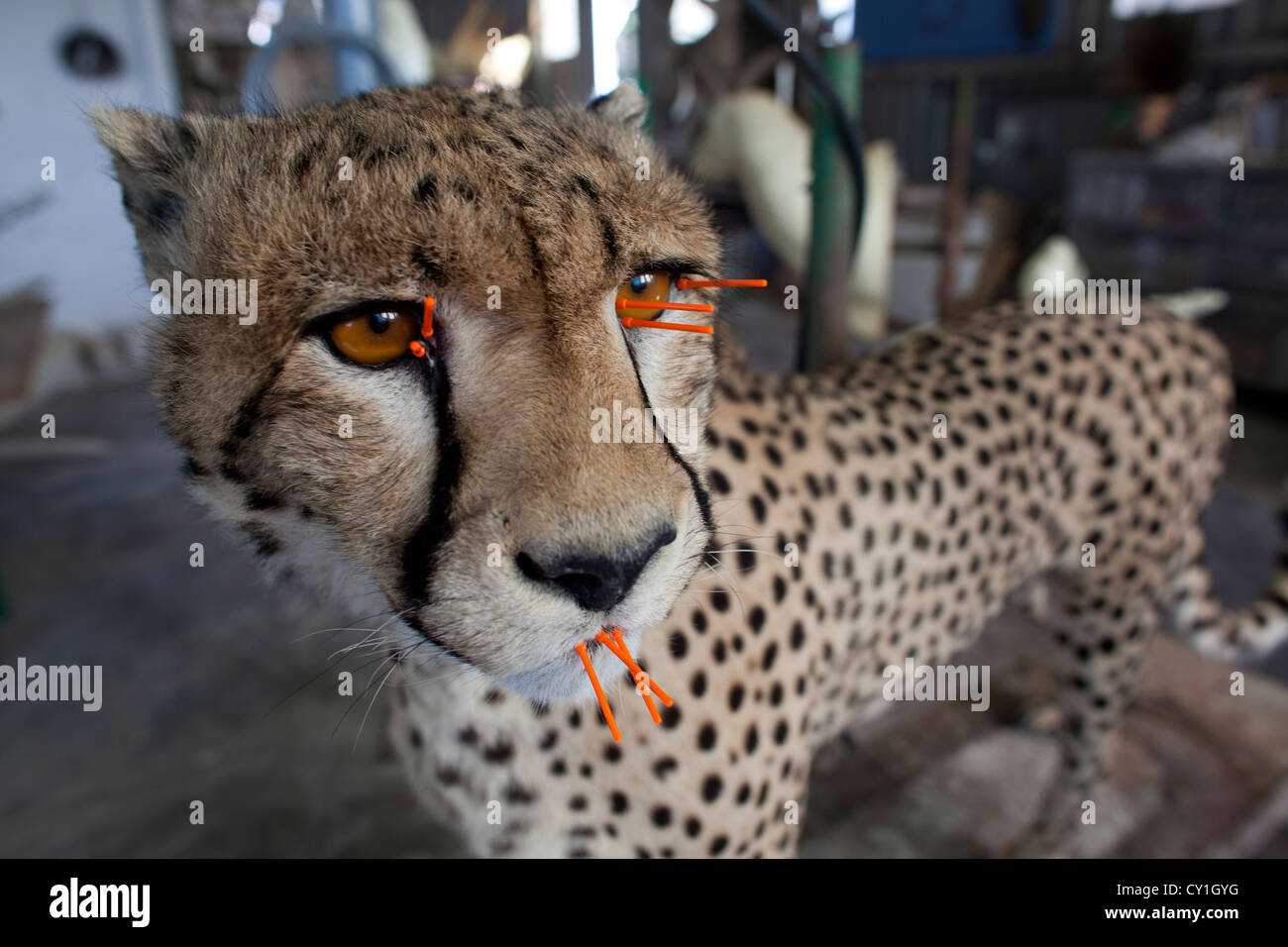
Before you invest too much of your own time and a lot of work into planning your online workshop, let’s validate your idea. That gives your audience a clearer idea of what they’ll learn, as well as what they’ll take away. So, rather than hosting an online workshop about online marketing, maybe you’ll host one about writing social media captions that convert customers. While casting a wide net is appealing, a more niche workshop provides an opportunity to offer very tactical, targeted advice. Next, since you want your workshop to be in-depth and interactive, it’s best if you niche down to a very specific idea. That will help direct you toward a topic that supports that objective. This can feel somewhat daunting, so start with a goal.ĭo you want to educate your existing employees? Increase product signups? Establish more credibility as a thought leader in your industry? Zone in on just one goal for now. Create your workshop ideaįirst things first, you need to decide on what your workshop will teach. But how do you create one? Here are six steps to follow. Now your wheels are turning about all of the different ways you could use online workshops.
#CREATION WORKSHOP FOR UNCIA HOW TO#
Participants get plenty of chances to discuss topics and complete exercises together, making these workshops an excellent opportunity to connect with other people who share an interest in that topic.ĮXAMPLE: American Marketing Association’s webinars How to design and create your online workshop Networkingįinally, since online workshops and webinars are more interactive than a standard presentation or meeting, many brands use them for networking. They’ll use these online meetings as an opportunity for attendees to ask questions about the hiring process, understand the work environment, and engage with the company on a deeper level.ĮXAMPLE: Oracle’s live recruitment webinar 4. That’s why many businesses incorporate online workshops into their employer branding strategies. Job applicants like to get a peek behind the curtain and understand more about what it’s really like working for a company. These interactive, online learning experiences can educate users and consumers on a product’s features and the best way to use it.īusinesses can use screen sharing to walk through the different aspects of their product, ensure a positive user experience, and boost customer retention.ĮXAMPLE: Our "Getting started with Miro" webinars 3. One of the best ways a business can position themselves as leaders in their field is to inform others about relevant topics to their brand. From pre-recorded online classes to live events via video conferencing, businesses can establish brand recognition, build credibility, and foster trust through these online workshops.ĮXAMPLE: Notion’s “Office Hours” webinars 2. Here are just a few ways brands are using webinars, online courses, and other online learning opportunities. Online workshops have several different use cases. Why businesses and professionals use online workshops They use group discussions (sometimes split into small groups or breakout sessions), demonstrations, and other activities to educate and engage participants. These workshops are typically far more interactive than traditional online meetings. How to design and create your online workshopĪn online workshop is a collaborative discussion where you and your participants will dive into a specific topic in detail. Co-creation efforts have brought new ideas, resources, approaches, and partners to the Agency and are proven for efficient and responsive design of activities.Why businesses and professionals use online workshops The goal is to take less prescriptive, more collaborative approaches across the Agency, both in Washington Headquarters and at Missions worldwide to attract new partners to USAID.

Time-limited and participatory, partners, potential implementers, and end-users define a problem collaboratively, identify new and existing solutions, build consensus around action, and refine plans to move forward with programs and projects.Ĭo-creation can be used from design and solicitation through award, administration, implementation, work planning, and closeout, using a variety of approaches and mechanisms such as multi-step requests for proposals and applications, Broad Agency Announcements, and Annual Program Statements.


Introduce yourself and your organization to USAID.


 0 kommentar(er)
0 kommentar(er)
